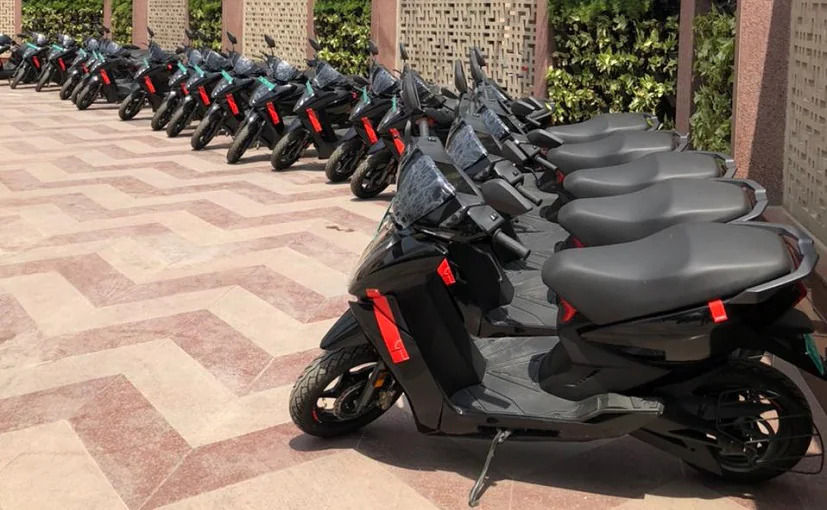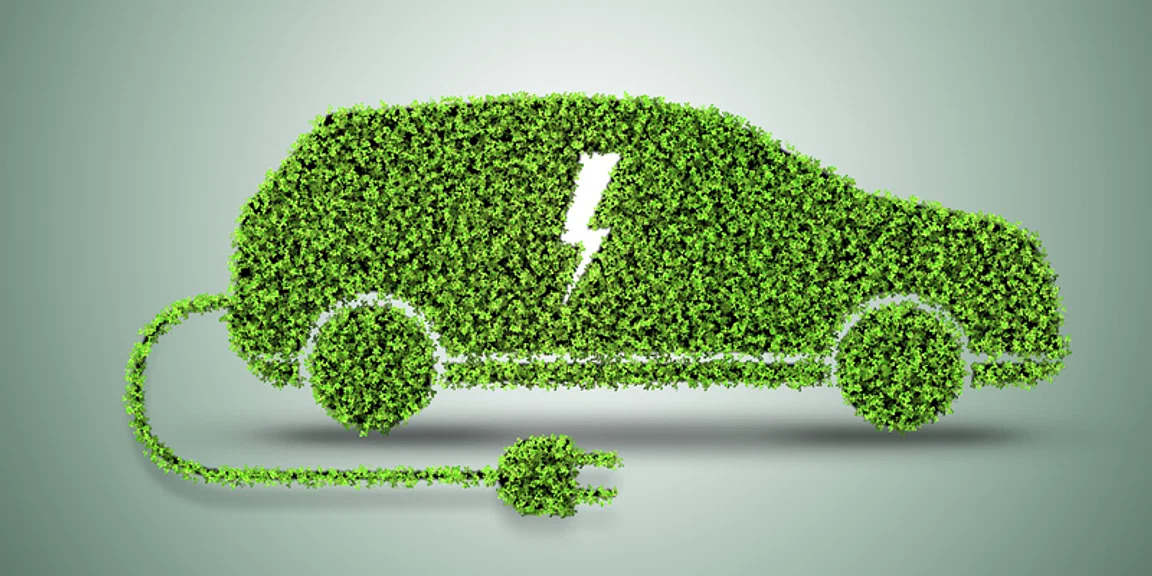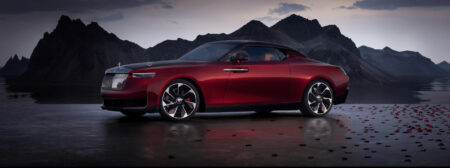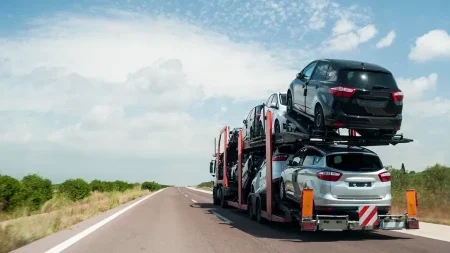Goa has announced that from January 2024, all of its new tourist vehicles as well as rental cabs and motorbikes will be electric vehicles. This declaration was made by Chief Minister Pramod Sawant on Wednesday, July 12.
India has been promoting adoption of electric vehicles all over the country by providing various incentives, benefits and waivers. Supporting the movement, state governments are making additional efforts to promote EVs in their area.

Image Source: Car and Bike
Out of the 28 states and 8 Union territories, Goa ranks fourth in terms of percentage of total EVs purchased. To keep up with their performance, the state has now announced its recent decision to only sell electric vehicles for tourist and rental vehicles.
Why promote Goa Tourist Vehicles to be EVs ?
Goa has a population of 15 lakh but as a globally popular tourist destination, it welcomes around 85 lakh tourists every year.
Famous for its beaches, churches, night-life and breathtaking scenery, Goa has always been a favourite destination for people looking for a tourist place to relax. As the number of tourists increases exponentially in peak season, so does the usage of rental vehicles, cabs, buses etc.

Image source: India TV news
According to CM Pramod Sawant, a recent study about the carbon emissions of the state showed that 40% of the CO2 emission generated in the state every year is due to the usage of vehicles on roads.
Majority of these vehicles are tourist vehicles that increase in number in peak seasons and produce more emissions. To control and reduce the CO2 produced by the state, they have decided that only electric vehicles will be available for purchase in the state from January 2024, for tourist and rental vehicles.
Aim and Goals of Goa Government to curb Carbon Emissions
Compared to the national average of vehicle ownership, the density of ownership is 4.5 times more in Goa. The reason is that people use their vehicles as an additional means of earning in peak season by renting them.

Image source: Dewa Motor
The state announced that any new 2 wheelers or 4 wheelers given out on rent will have to be electric vehicles. Any vehicle registered after January 2024 can not be used as a tourist vehicle if they are not electric.
The state has also announced that all government vehicles that would be used and bought under the state’s name will be electric in nature after January 2024.
Big Businesses that rent taxis, motorcycles, scooters etc. and possess multiple vehicles will have to transform 30% of their total fleet into electric vehicles by the coming year and by the month of June.
India’s Electric Journey
Electric Vehicles are still developing and have many hurdles to cross before they become equivalent or surpass ICE vehicles in India. But it’s a fact that EVs are the future of automobiles. India has been provocatively taking steps to increase not only the number of on-road vehicles powered by electricity but also their local manufacturing.

Image source: Your story
Due to various incentives provided by the centre and state government, many old giants and new start-ups are coming forward to take on the challenge of local production and manufacturing. Getting financial support, the country is raising innovations of its own that are suitable for our nation.
Two-wheelers make over 70% of automobile sales in the country. Thus, it is no surprise that E2W shares the highest sales. Electric CVs have also picked up speed and are the second most sold vehicles. Three wheelers commercial transport have become a popular choice for businesses dealing with intra-city travel.

Image source: Auto vista 24
Compared to other types of vehicles, PVs seem to be at a much slower pace in the adoption race. This is due to the lack of cheaper options in the market. Majority of the customers can-not afford an electric 4-wheeler with no clear financing options. Currently Less than 20 options are available in the market and most of them fall under the luxury category which makes less than 1% of the yearly sales.
India is aiming to be an electric vehicle hub and become carbon neutral by 2050. Local research and development along with manufacturing becomes crucial to form a solid foundation and promote the sales of these carbon-neutral vehicles to achieve these goals.













